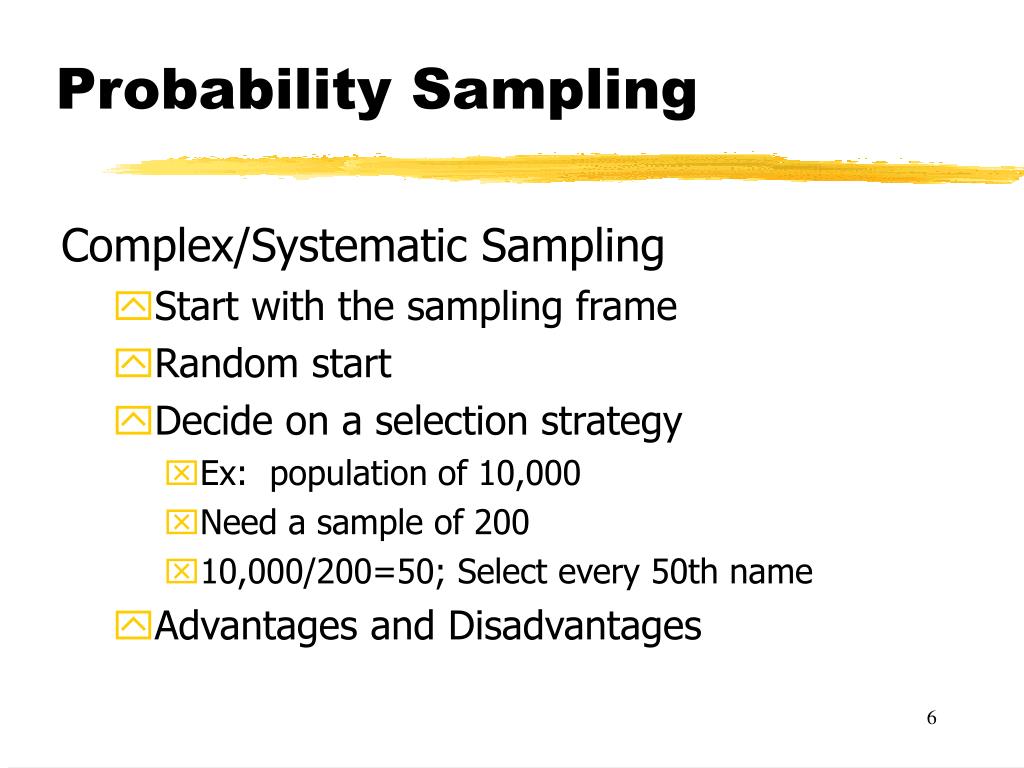

Sampling is the technique of selecting a representative part of a population for the purpose of determining the characteristics of the whole population. Group, gender, occupation, income, education, religion, region, etc. Time consuming, less chance of bias as compared to simple random sampling, and higherĬategorical variable by which subgroups should be created - for instance, age Simple random sampling does not ensure that subgroups are represented equally That the subjects from each subgroup are included in the final sample, whereas With stratified sampling, the researcher is guaranteed Include age, gender, religion, race, educational attainment, socioeconomic Some of the most common strata used in stratified random sampling Sampling technique for studying how a trend or issue might differ across Proportional amounts of people from each age group. To stratify this sample, the researcher would then randomly select This method is used when the researcher wants to examine subgroups within a population.Īdults into subgroups by age groups, like 18-29, 30-39, 40-49, 50-59, and 60Īnd above. Improved statistical precision is achieved through this method due to the low variability within each subgroup and the fact that a smaller sample size is required for this method as compared to simple random sampling. These subsets of subgroups are then added to a final stratified random sample.

A random sample from each of these subgroups is taken in proportion to the subgroup size relative to the population size. The members in each of the subgroups have similar attributes and characteristics in terms of demographics, income, location, etc. Here, the population data is divided into subgroups known as strata. Of getting a representative sample Stratified United States” cars’ values (population data). The random selection of those 200 cars would be the “sample data of the entire Randomly select 200 cars, get a value for those cars, and then find an average. The average value of all cars in the United States, it would be impractical toįind every car, assign a value, and then develop an average. An example of simple random sampling would be a lottery system. With this method of sampling, the selection is based on chance, and every item has an equal chance of selection.

Two types of sampling analysis: simple random sampling and stratified random sampling.Īt both techniques in a bit more detail. Purpose of determining the characteristics of the whole population. The technique of selecting a representative part of a population for the


 0 kommentar(er)
0 kommentar(er)
